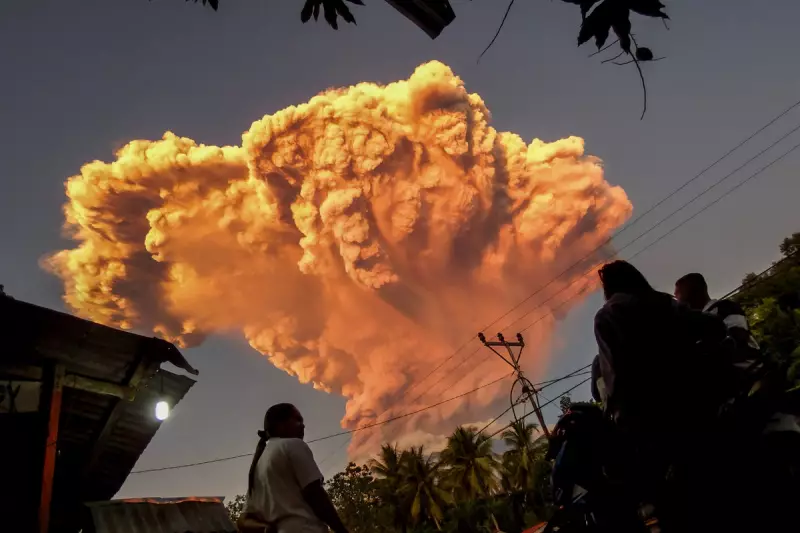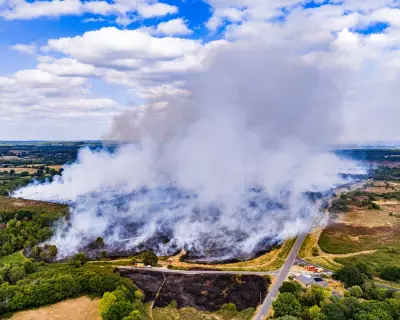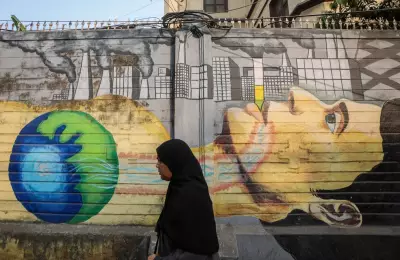
A dramatic volcanic eruption has shaken eastern Indonesia as Mount Lewotobi Laki-Laki unleashed its fury, sending towering columns of ash and smoke high into the atmosphere and triggering emergency response measures across the region.
Emergency Response Activated
The Volcanology and Geological Hazard Mitigation Centre swiftly elevated the alert status to its highest level, indicating imminent danger to surrounding communities. Authorities have cordoned off a four-kilometre exclusion zone around the crater as a safety precaution.
Mass Evacuations Underway
Local disaster management agencies have initiated large-scale evacuation procedures, relocating thousands of residents from vulnerable villages in the volcano's shadow. Emergency shelters have been established to accommodate those displaced by the volcanic activity.
The eruption produced spectacular yet dangerous phenomena:
- Ash clouds reaching approximately 1.5 kilometres above the summit
- Incandescent lava flows visible from surrounding areas
- Pyroclastic density currents observed descending the slopes
- Significant ashfall affecting nearby agricultural areas
Regional Impact and Travel Disruptions
Aviation authorities have issued warnings to airlines operating in the region, with flight paths being adjusted to avoid the hazardous ash cloud. The volcanic ash poses significant risks to aircraft engines and navigation systems.
Indonesia's Volcanic Landscape
This latest eruption underscores Indonesia's position within the Pacific Ring of Fire, home to more active volcanoes than any other country worldwide. The archipelago nation regularly experiences significant seismic and volcanic activity due to its unique geological setting.
Emergency services remain on high alert as scientists continue to monitor the volcano's behaviour closely, watching for signs of further escalation in volcanic activity that could necessitate additional protective measures for local populations.





